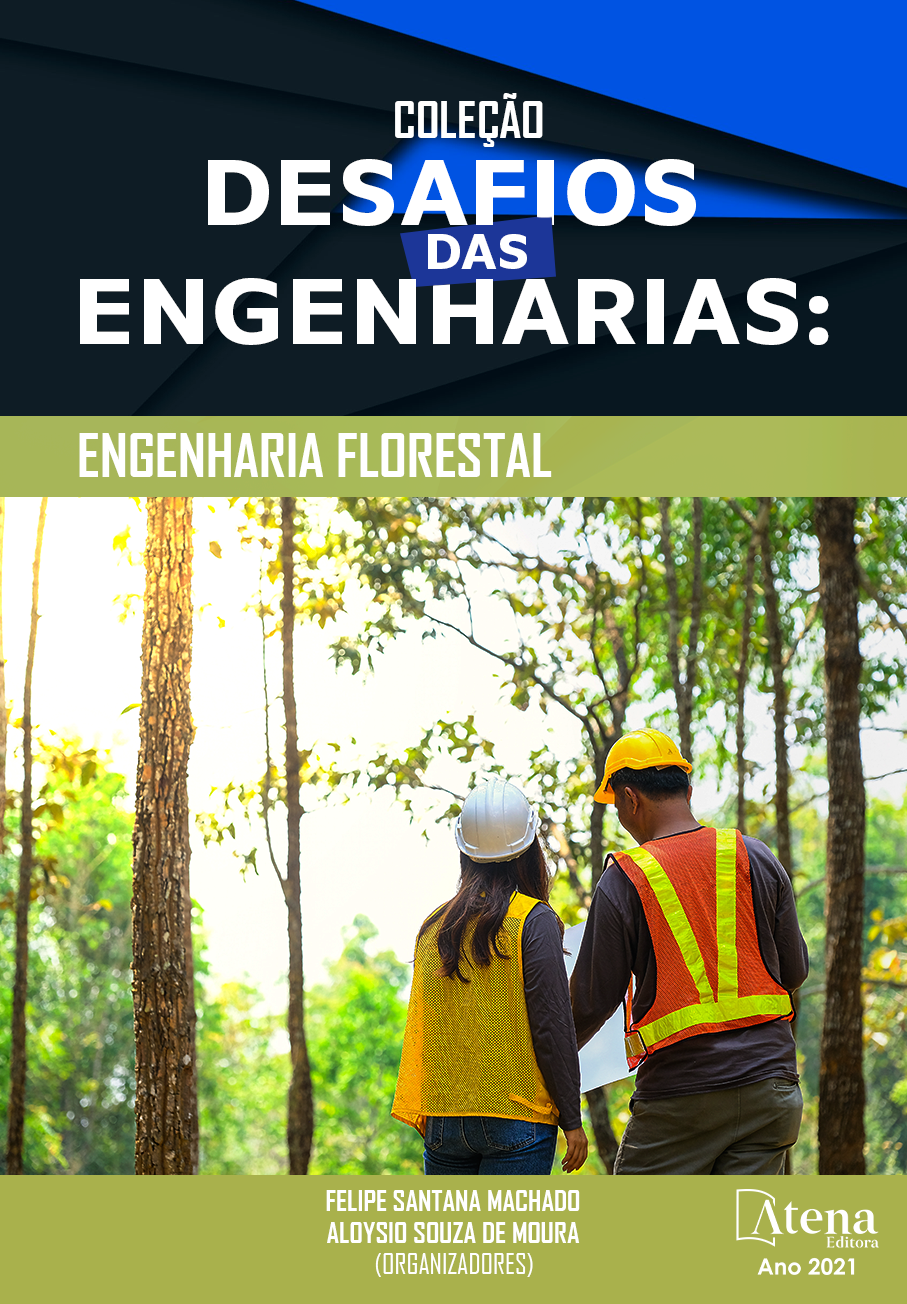
MONITORAMENTO DA ACLIMATAÇÃO DE DUAS ESPÉCIES FLORESTAIS AO AMBIENTE DE PLENO SOL UTILIZANDO A TÉCNICA DE FLUORESCÊNCIA DA CLOROFILA A
O processo de aclimatação de espécies florestais é fundamental para o sucesso do estabelecimento das mudas no campo. Diante disso, o presente estudo determinou o tempo de aclimatação ao sol de duas espécies florestais utilizando como critério o comportamento da eficiência na utilização da luz. Foram investigadas duas espécies florestais, Cedrela odorata e Tabebuia rosea, em dois experimentos separados, em novembro de 2014. Durante 29 dias foi mensurada a eficiência quântica máxima do fotossistema 2 (Fv/Fm) em mudas expostas ao pleno sol (tratamento) e mantidas sob sombra (controle). Os experimentos foram realizados inteiramente ao acaso com 10 repetições, sendo que uma muda representou uma unidade amostral. O estudo concluiu que o tempo de aclimatação ao sol das espécies Cedrela odorata e Tabebuia rosea diferem no que se refere à eficiência de captura e utilização de luz solar. O Cedro necessita de, pelo menos, 25 a 30 dias de rustificação em pleno sol, enquanto, o Ipê precisa de 15 a 20 dias. Outros estudos devem avançar o conhecimento sobre a relação do tempo de aclimatação definido pela técnica de fluorescência da clorofila a e o desempenho das mudas em campo.
MONITORAMENTO DA ACLIMATAÇÃO DE DUAS ESPÉCIES FLORESTAIS AO AMBIENTE DE PLENO SOL UTILIZANDO A TÉCNICA DE FLUORESCÊNCIA DA CLOROFILA A
-
DOI: 10.22533/at.ed.7132114105
-
Palavras-chave: Rustificação, Cedro, Ipê, Mudas, Fluorescência da clorofila A.
-
Keywords: Rustification, Cedar, Ipe, Seedlings, Chlorophyll A fluorescence
-
Abstract:
The process of acclimatization of forest species is essential for the successful establishment of seedlings in the field. Therefore, the present study determined the time of acclimatization to the sun of two forest species using as a criterion the behavior of efficiency in the use of light. Two forest species, Cedrela odorata and Tabebuia rosea, were investigated in two separate experiments in November 2014. During 29 days, the maximum quantum efficiency of photosystem 2 (Fv/Fm) was measured in seedlings exposed to full sun (treatment) and maintained under shade (control). The experiments were carried out entirely at random with 10 repetitions, with a seedling representing a sample unit. The study concluded that the time of acclimation to the sun of the species Cedrela odorata and Tabebuia rosea differ with regard to the efficiency of capture and use of sunlight. Cedar requires at least 25 to 30 days of hardening in full sun, while Ipê needs 15 to 20 days. Other studies should advance the knowledge about the relationship between the acclimatization time defined by the chlorophyll a fluorescence technique and the performance of seedlings in the field.
-
Número de páginas: 3
- Erika Freire de Sousa
- Rhadassa Vitoria Santos Castro
- Valeska Farias Caxias
- Victor Alexandre Hardt Ferreira dos Santos
- Ana Clara de Castro Ferreira


